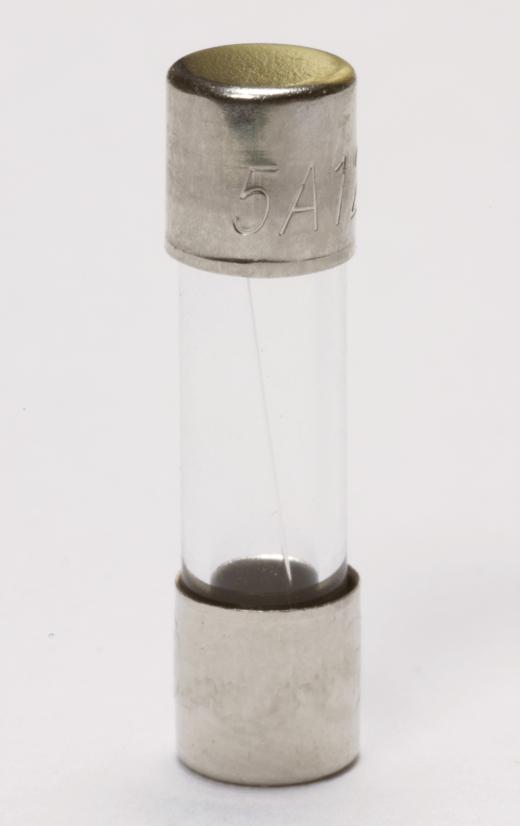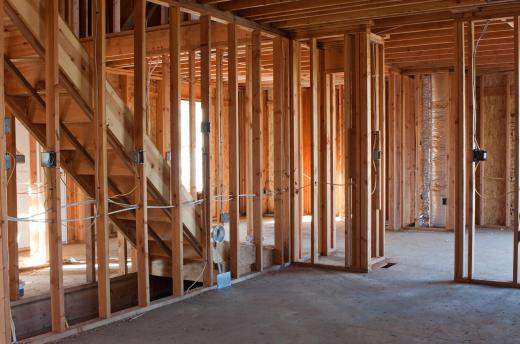A main breaker is the major circuit fuse that supplies electricity to a structure. Main breakers typically attach to 240 volts of electricity, which furnish power to all the circuits and outlets of a building. There are two wide wires linking the main breaker panel to the outdoor electrical meter, as well as a pair of breaker levers that are fused together.
Main circuit breakers regulate the current of electricity. Different breakers are equipped to handle different amounts of electrical current, and when the level of electricity exceeds the capabilities of the main circuit breaker, the breaker will automatically shut off the electric supply. This process is commonly referred to as "tripping." While a tripped breaker can be inconvenient, it is an important safety precaution to prevent fires and overloaded circuits.

A main breaker may also be tripped manually. Shutting down the power supply by hand is commonly necessary when working on electrical wiring or conducting home repairs that impact the flow of electricity. This is normally achieved by simply pulling the breaker levers, or, in certain models, removing a fuse block.
If the main breaker trips, it is important to remember to switch off all the breakers in the electrical panel. After all the smaller breakers have been turned off, they can be switched back on before resetting the main breaker. This ensures that the entirety of the electrical supply does not rely solely on the main breaker but is distributed throughout all the breakers in the panel.

The set of wires joining the main breaker and the electrical meter each typically carry 120 volts of electricity. In the main breaker load center, the wires attach to a busbar, a band of aluminum or copper that conducts electricity. Depending on the design and circuit capabilities, a main breaker contains one or two busbars, and feeds electricity to the circuits. The current then surges through a power wire to the associated outlet.
In a standard electrical panel, the main breaker is located above the other breakers at the top of the unit. In certain instances, the wiring may require the panel to be installed upside-down, which places the main breaker at the bottom. The main breaker levers are easy to recognize as there are two of them joined together and they are noticeably larger than the other breakers.
The amperage level of an electrical panel is usually noted on the main breaker. A 100-amp main breaker is common in most residential dwellings. Panels with anything less than 60 amps are considered insufficient for the electrical needs of modern homes. Breakers with higher amperage capacities are widely available.
